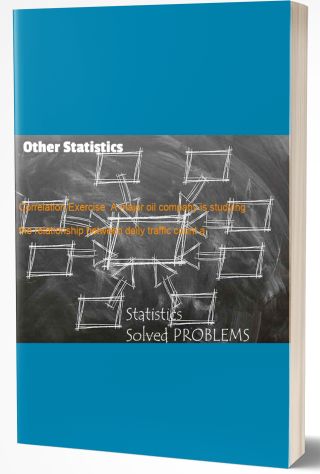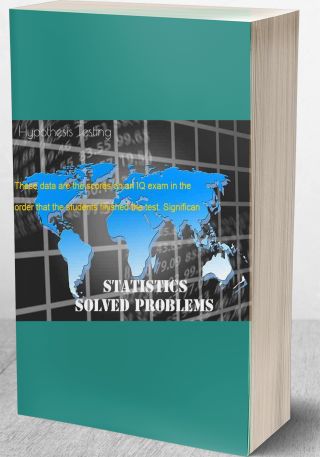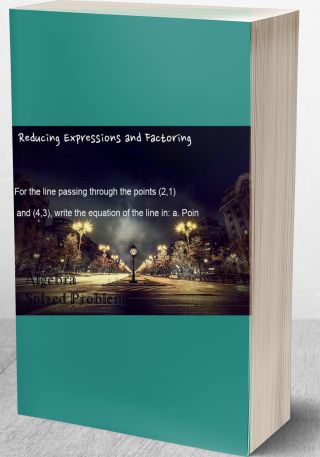John Smith owns a small firm that manufactures “Smith Sunglasses.” He has the opportunit
Question: Question 1: John Smith owns a small firm that manufactures “Smith Sunglasses.” He has the opportunity to sell a particular seasonal model to Target. John offers Target two purchasing options:
Option 1: John offers to set his price at $65 and agrees to credit Target $50 for each unit Target returns to John at the end of the season (because those units did not sell). Since styles change each year, there is essentially no value in the returned merchandise.
Option 2: John offers a price of $53 for each unit, but returns are no longer accepted. In this case, Target throws out unsold units at the end of the season.
Assume (for simplicity) that this season’s demand for this model follows the following probability distribution. Target will sell those sunglasses for $100 each. John’s production cost is $25.
Probability Distribution of Demand for Smith Sunglasses
Demand Probability
80 0.10100 0.10
120 0.15
140 0.20
160 0.20
180 0.15
200 0.10
a. How much would Target buy if they choose option 1?
b. How much would Target buy if they choose option 2?
c. Which option will Target choose? Why?
d. Suppose Target chooses option 1 and orders 140 units. What is John Smith’s expected profit?
Deliverables: Word Document


![[Solved] Let R represent a county in the northern part of the United States, and let f(x, y) represent the to #3292 Hypothesis Testing](/images/downloads-images/featured/Statistics-question-3289.jpg)
![[Solved] Many animals, including humans, tend to avoid direct eye contact and even patterns that look like ey #26934 Other Statistics](/images/downloads-images/featured/Statistics-question-1590.jpg)

![[Solution] In a survey of third grade students, the following distribution was obtained for the number of Descriptive Statistics](/images/downloads-images/featured/Statistics-question-13958.jpg)

